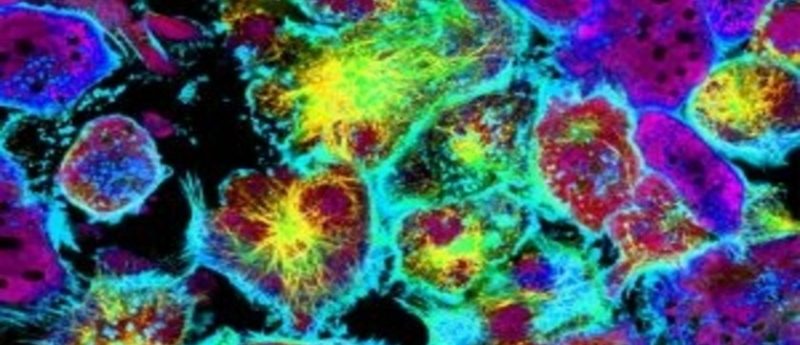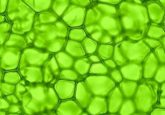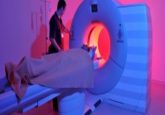How do some tumors avoid immune destruction? Novel mechanism uncovered

In a study published recently in Cancer Immunology Research, a multi-institutional group of researchers describe the mechanism by which some tumors avoid immune destruction. The findings may help develop ways to improve the efficacy of cancer immunotherapy.
First author, Benoit J. Van den Eynde from Ludwig Institute for Cancer Research at de Duve Institute and Université catholique de Louvain (both Brussels, Belgium) commented: “A key challenge in cancer immunotherapy is to understand why some patients respond to immunotherapy but many others do not. If we understand why, we can then select and treat only those patients who will benefit from the treatment, but most importantly, we can devise strategies to make immunotherapy work in those who are not currently responding.”
In this study, the researchers demonstrated that cyclooxygenase-2 (COX-2) expression drives constitutive expression of indoleamine 2,3-dioxygenase (IDO1) in human tumor cells. Many tumors utilize IDO1 to shield themselves from an immune attack; its expression is associated with T-cell infiltration and inflammation. Conversely, some tumors express IDO1 continuously and are primed for an immune attack before it occurs. These tumors are fully protected from an immune attack and are able to prevent a T-cell attack.
“This is what we call intrinsic resistance and may explain why some tumors are ‘cold,’ meaning, not infiltrated by T cells. We wanted to understand the molecular mechanisms that make some tumors express IDO1 constitutively,” Van den Eynde explained.
Utilizing a series of seven human tumor lines, the team demonstrated that COX-2 and its product, prostaglandin E2 (PGE2), caused the constitutive expression of IDO1 through the MAPK, PKC, and PI3K cell-signaling pathways. “These data provide evidence that COX-2 drives tumor-induced immunosuppression through constitutive expression of IDO1,” Van den Eynde noted.
Next, the researchers demonstrated that Celecoxib treatment promoted immune rejection of IDO1-expressing human tumor xenografts in immunodeficient mice reconstituted with human allogeneic lymphocytes.
The team state that their results highlight the role of COX-2 in constitutive IDO1 expression by human tumors and substantiate the use of COX-2 inhibitors to improve the efficacy of cancer immunotherapy, by reducing constitutive IDO1 expression, which contributes to the lack of T-cell infiltration in “cold” tumors, which fail to respond to immunotherapy.
Van den Eynde concluded: “Our studies provide a clear rationale to test, in the clinics, combinations of anti-PD1 immunotherapy and COX-2 inhibitors. This should be straightforward given the fact that both anti-PD1 and COX-2 inhibitors are already approved for clinical use in different contexts.”
Sources: Hennequart M, Pilotte L, Cane S et al. Constitutive IDO1 expression in human tumors is driven by cyclooxygenase-2 and mediates intrinsic immune resistance. Cancer Immunology Research DOI: 10.1158/2326-6066.CIR-16-0400 (2017); Science Daily press release





